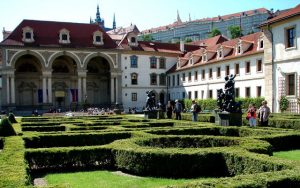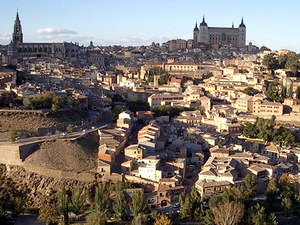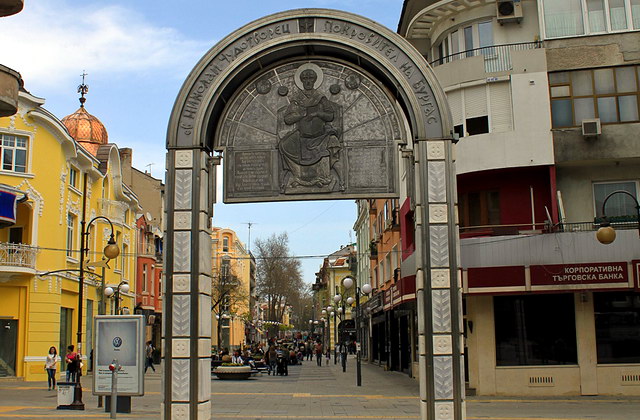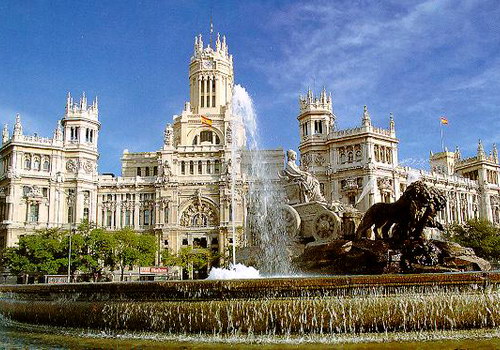Wallenstein Palace in Prague
 The capital of the Czech Republic Prague is well known to a wide range of tourists for its palaces, parks, monuments and many different attractions. Among these attractions is the palace and park complex Wallenstein Palace. Sightseeing tours in Prague usually do not include a visit to this palace, since tourists can only visit the palace on weekends.
The capital of the Czech Republic Prague is well known to a wide range of tourists for its palaces, parks, monuments and many different attractions. Among these attractions is the palace and park complex Wallenstein Palace. Sightseeing tours in Prague usually do not include a visit to this palace, since tourists can only visit the palace on weekends.
The palace was built thanks to the assistance of the Duke Albrecht Wallenstein, who at that time was the generalissimo and admiral of the fleet of the Roman Empire. Wallenstein decided to build a residence for himself, which was supposed to eclipse even Prague Castle with its beauty. To this end, he bought 26 buildings, several private land plots and a brick factory.
The development of the project task was entrusted to the architect Andrea Spezza. Jambattista Marini, Niccolò Sebergoni and Giovanni Pieroni also took part in this work. The facade of the palace is made in the architectural style of Mannerism. When designing the interior of the building, elements of Baroque and Renaissance were widely used. The construction of the palace was begun in 1624 and completed in 1629.
The main attraction of the palace was the Knight’s Hall, which occupied two floors. The ceiling of the knight’s hall was decorated with the image of the duke Wallenstein on the battle chariot in the image of the god of war Mars. The many frescoes that adorned the palace inside displayed the motifs of Virgil’s Aeneid. The walls of the study were decorated with rich paintings that displayed the seasons and the chariot of Apollo.
The corridors of the palace were decorated with amazing paintings on the themes of various poems of Ovid and many astrological images. The chapel of the palace displayed scenes from the life of St. Wenceslas, and the altar itself of the palace chapel is considered to be the oldest in Prague.
The early baroque Italian gardens served as a model for the palace gardens. Behind the entrance to the garden was an intricate labyrinth, which was formed by many evergreen shrubs. Going to the eastern part of the garden you can see an artificially created stalactite cave, an arched gallery-pavilion, which was decorated with frescoes by Italian artist Baccio del Bianco. Along the alleys of the garden one could see sculptures made by Adrien de Vries on various mythological themes. Currently, the statues are replaced by copies, due to the fact that the originals were once abducted by soldiers of the Swedish army and can now be seen only in Drottningholm Park. In the western part of the garden complex there was a swimming pool, a pavilion of exotic birds and a greenhouse.
After Wallenstein died tragically, his palace became stately for a while, but then it was returned to the legal heirs of the duke. In 1648 the palace was ransacked by soldiers of the Swedish army. After the end of the Second World War, the palace again becomes the property of the state.
Now, a fully renovated palace, is owned by the Czech Senate and since 1992, regular meetings of the Senate have been held here. A number of rooms of the Wallenstein Palace were transferred to the Pedagogical Museum. The park complex also constantly hosts free concerts and various shows.




